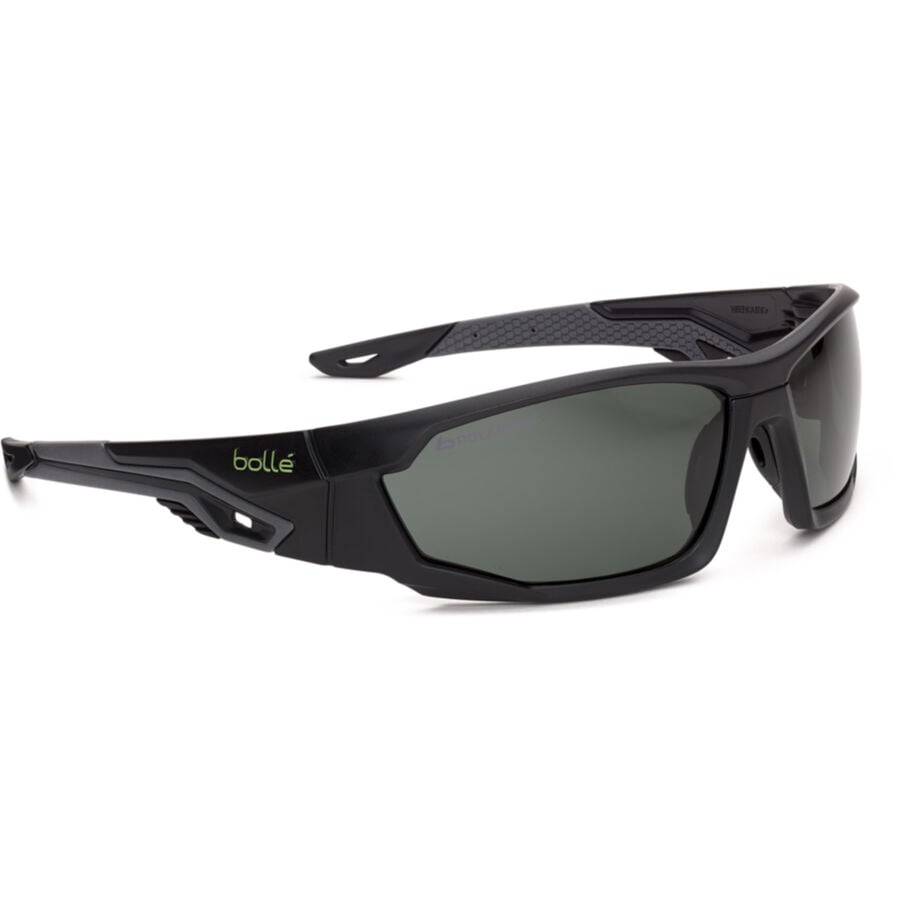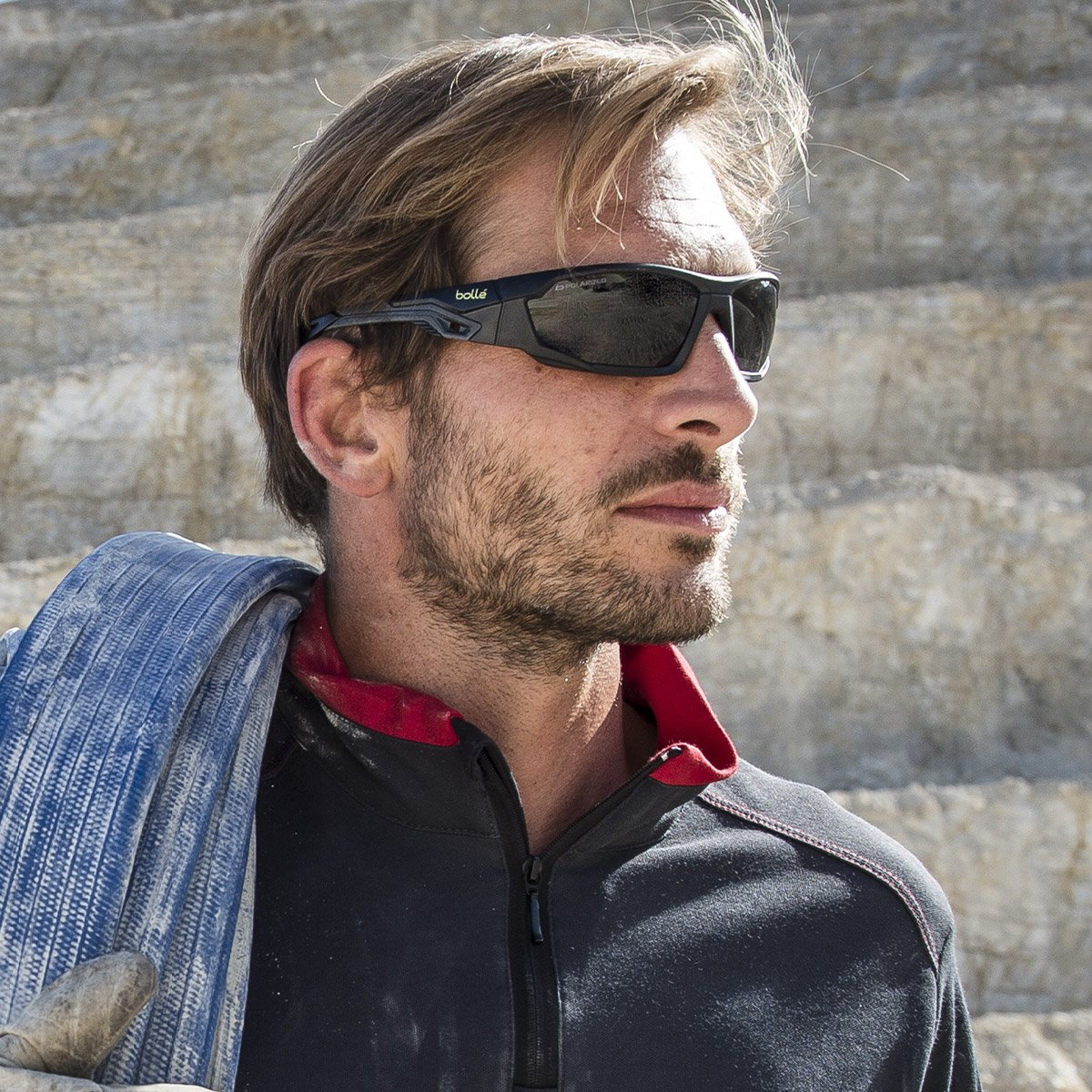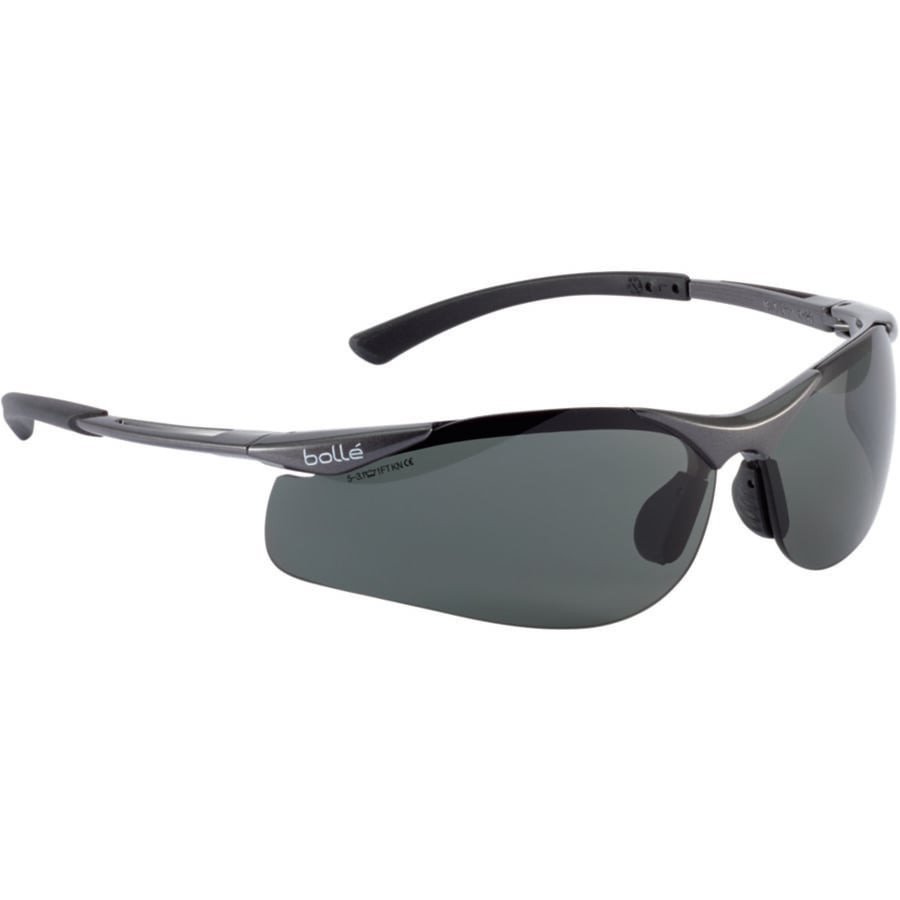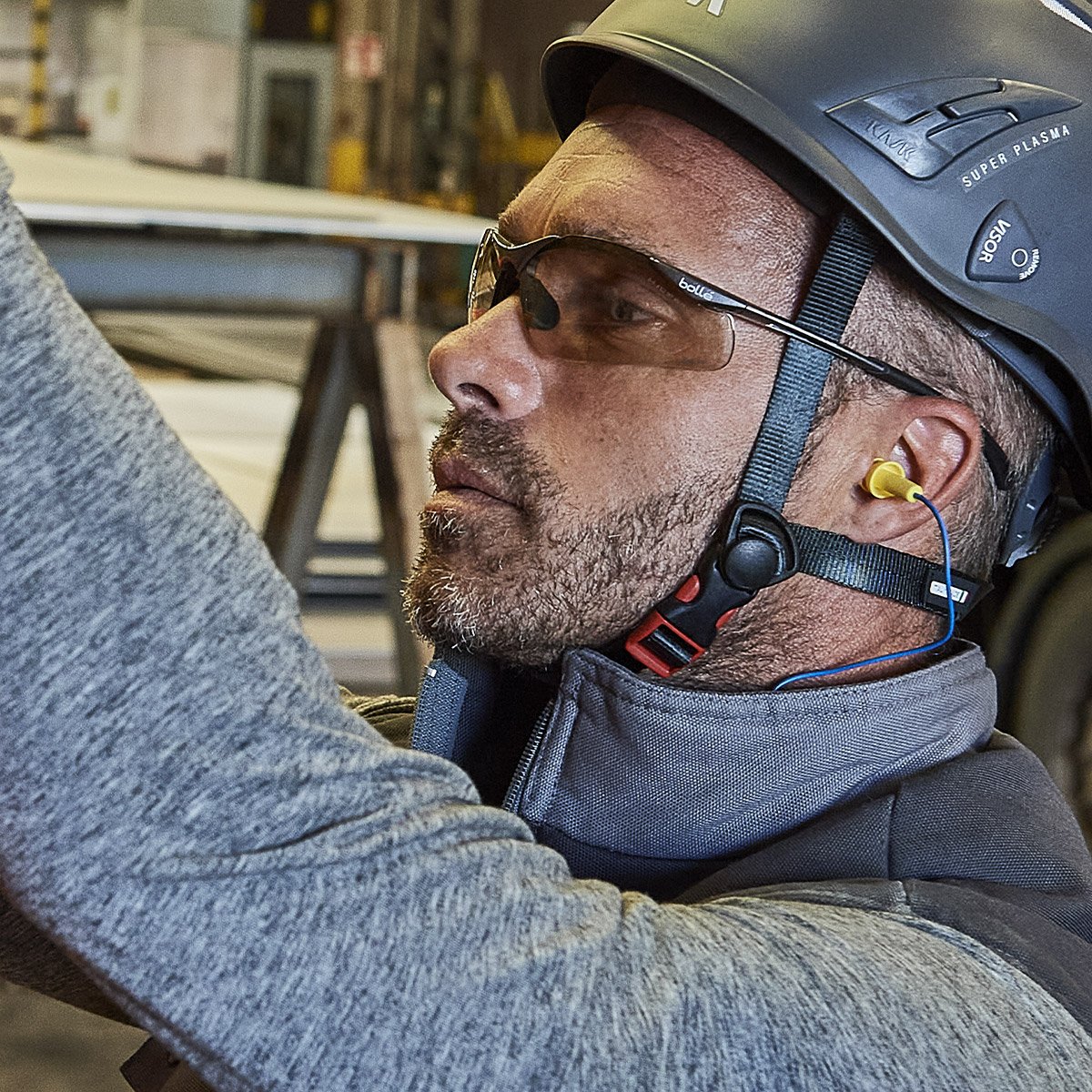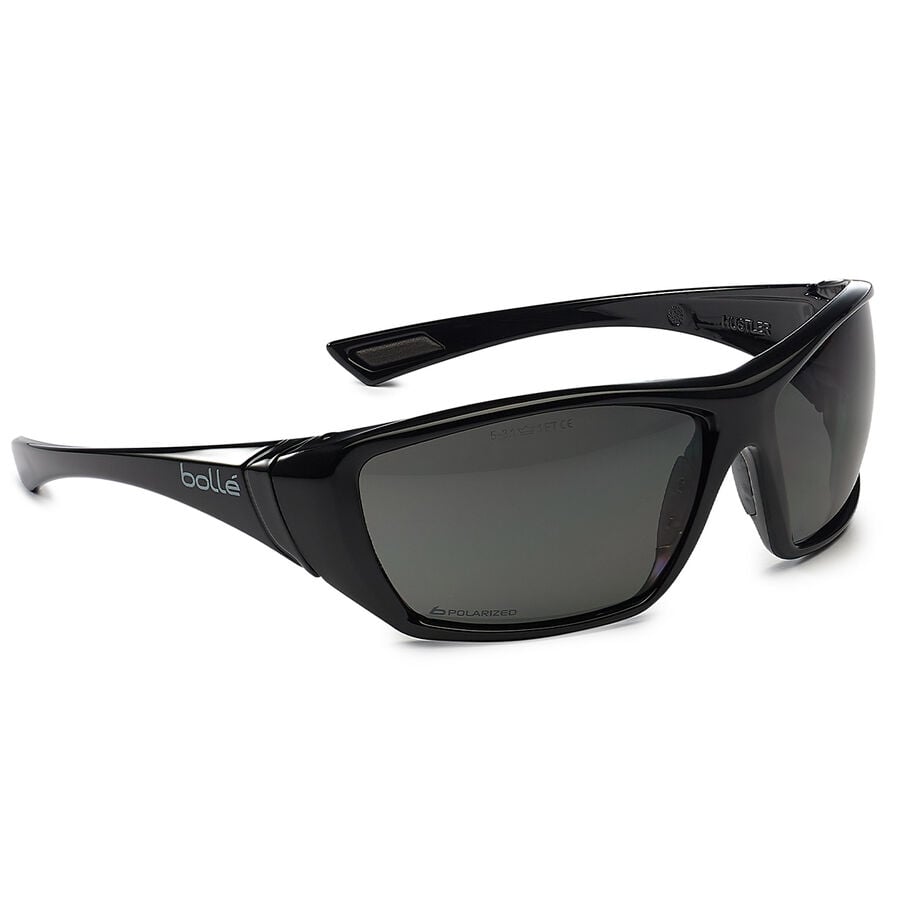The facts are simple, the science is proven, ultraviolet (UV) light is harmful to our eyes. That includes the UV light that comes from natural sunlight, meaning anyone who spends a lot of time outside is at risk.
The problem is especially true for those who work outside for long hours and even more acute for those workplaces that are completely exposed to the elements. Working in snow-laden oil fields and offshore oil and gas platforms are among the highest environments but there are solutions that can protect eyes from UV light and other dangers.
EXPLORING UV LIGHT
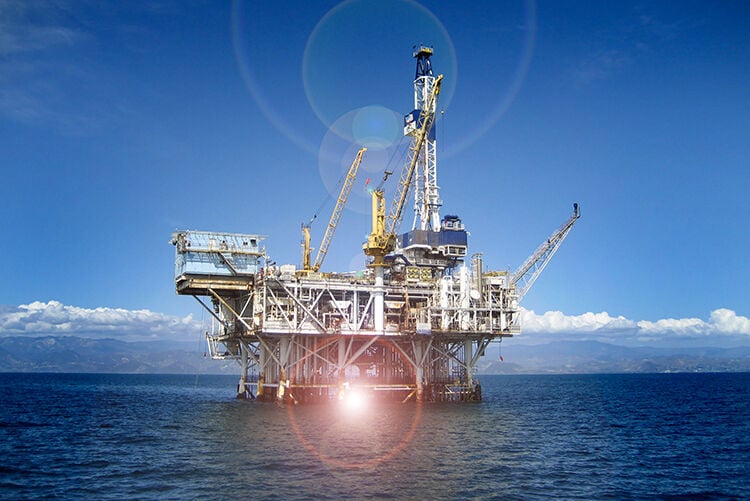
What is UV Light?
We’ve all heard of UV light. It is that type of light that makes black-light posters glow and gives us a tan or red sunburn in the summer. In scientific terms, UV is the section of the light spectrum with wavelengths between 10 nm to 400 nm. That’s the part between the longer visible light wavelengths that we can see and the shorter X-rays that we need protective clothing for.
While some of us can handle a certain amount of UV light on our skin, giving us a nice tan, none of us can expose our eyes to UV without potential serious damage being caused. The fragile mechanisms that enable sight are precisely tuned, meaning even short-term exposure can cause harm to the eyes which, in turn, may compromise your overall health.
Types of UV Light
Approximately 10% of sunlight is UV radiation and only about one-third of that actually reaches the earth’s surface, the rest is absorbed or reflected by the atmosphere. UV light can be divided into three general sub-bands: UVA, UVB and UVC light. Approximately 95% of the harmful UV rays that reach us are from the UVA sub-band, 5% is from UVB, while UVC is almost completely absorbed by ozone gases in our atmosphere.
UV light can also be emitted by other sources such as artificial light, screens, welding torches or similar industrial equipment, lasers, and tanning booths. All of these sources can be harmful to the eyes at varying levels of exposure.
That’s why eye protection has become standard for welders, those using lasers, and when in tanning booths, but it has been neglected in many other situations such as the outdoor workplaces on offshore oil platforms.
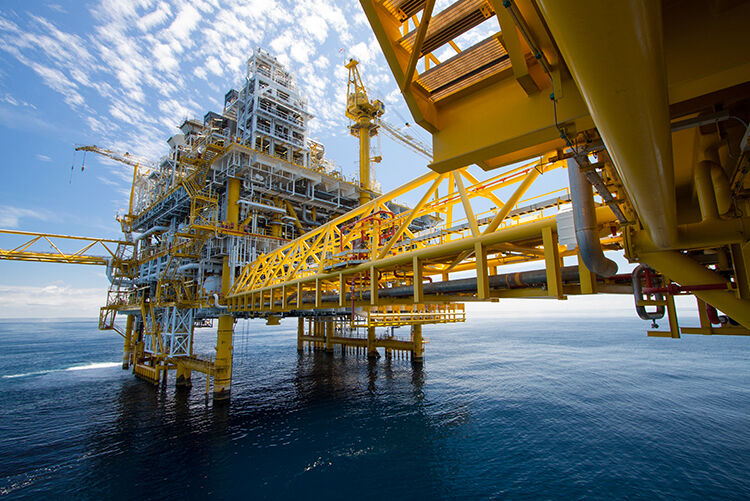
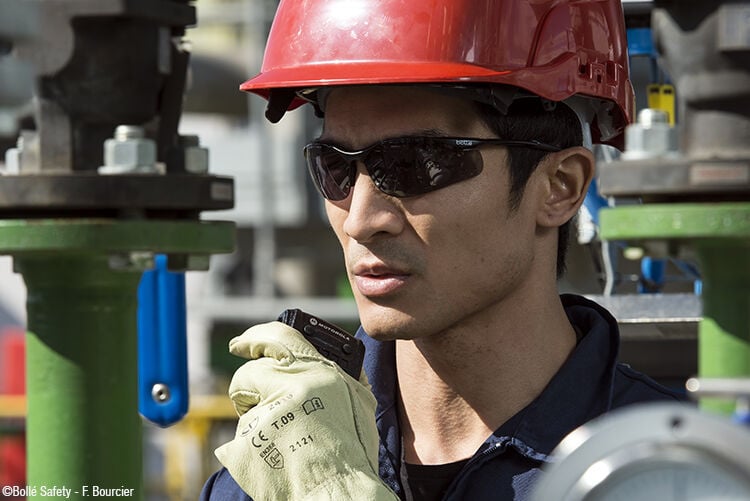
What Does UV light do?
UV light causes ionization, that’s the process by which an atom or a molecule acquires a negative or positive charge by gaining or losing electrons to form ions. Ionization from UV light can be a useful process; medical and dental industries use artificial UV for killing bacteria, for example. Other industries such as automotive, electronics and graphic arts sometimes use UV light to cure inks and resin by utilizing the ionization process.
UV light also causes harm because of ionization. Ionisation impacts the chemical properties of atoms in our bodies, leading them to form or break chemical bonds in ways they would not otherwise. For our skin cells this results in tanning or burning, and for the more fragile cells in our eyes, the effect can be even more damaging and complex.
Effects of UV Light
UV light is actually fundamental to healthy bodily function. When the skin is exposed to UV light it triggers the production of vitamin D, for example. Vitamin D allows the body to absorb calcium, supporting strong bones. It is also necessary for sending nerve signals around the body which allows us to use our muscles. Furthermore, vitamin D is used by the immune system for fighting off bacteria and viruses. However, we only need a certain amount of UV light to gain these benefits, longer exposure, especially to the eyes, begins to have negative effects.
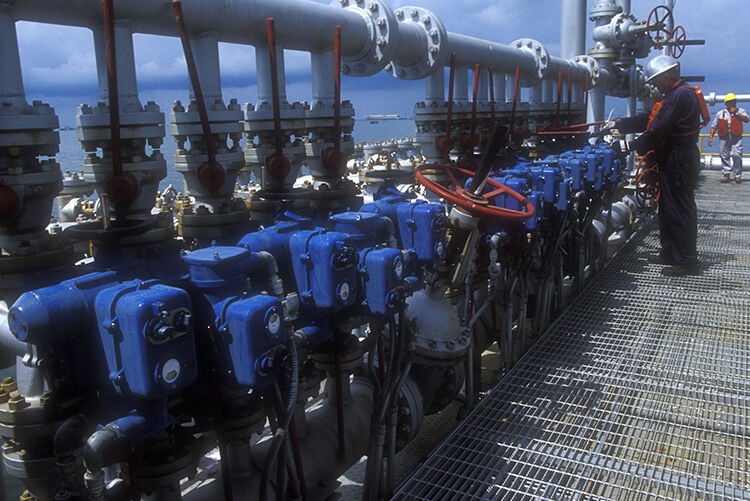
Short-Term Effects
Photokeratitis - Often called snow blindness by skiers or welder’s blindness by welders, this is essentially the eye getting sunburnt. Photokeratitis occurs with overexposure to UVB rays that cause inflammation of the cornea. Symptoms include temporary pain, red eyes, a gritty feeling, extreme light sensitivity and vision loss. These symptoms usually occur within eight to 24 hours of exposure.
Photoconjunctivitis - This occurs from overexposure to UV light and causes inflammation of the conjunctiva, which is the membrane lining eyelids and eye sockets. While photoconjunctivitis does not usually affect vision it can be very painful. Symptoms can last several days.
These short-term effects of overexposure to UV light generally disappear once the eyes heal themselves, which may be hours or days. However, research suggests that the cumulative effects of exposure to UV radiation can cause much more serious and irreversible conditions.
Long-Term Effects
Macular Degeneration - Cumulative exposure to UV light over the course of decades can cause damage to the retina, known as macular degeneration. This can cause loss of central vision and the ability to see fine details.
Cataracts - With age, most people will experience cataracts to some degree but research has shown that cataracts are accelerated through overexposure to UVB radiation. Cataracts occur as proteins in the eye's lens, they unravel, tangle and accumulate pigments which cloud the lens and eventually lead to blindness. “Cataracts are the leading cause of blindness in the world and up to 20% of cataracts may be caused by overexposure to UV radiation and are therefore avoidable,” according to the World Health Organisation.
Skin Cancer - Overexposure to UV light has been linked to the occurrence of skin cancer, this also includes the skin in and around eyelids. Melanoma is the most common form of eye cancer, where extreme cases may require the surgical removal of the eyeball. Basal cell carcinoma is another form of cancer that forms on the eyelids.
According to the American Cancer Society, “most skin cancers are a direct result of exposure to the UV rays in sunlight. Both basal cell and squamous cell cancers (the most common types of skin cancer) tend to be found on sun-exposed parts of the body, and their occurrence is typically related to lifetime sun exposure. The risk of melanoma, a more serious but less common type of skin cancer, is also related to sun exposure, although perhaps not as strongly. Skin cancer has also been linked to exposure to some artificial sources of UV rays.”
EXPOSURE IN THE WORKPLACE
Sunlight is one of the key sources of UV light; spending a lot of time outside can put your health at risk. Construction workers, open-pit miners, road builders and maintainers, as well as those working in agriculture, logging, landscaping, and on oil fields, are at high risk of overexposure to UV light.


Water
Certain conditions further elevate the risk of UV light exposure. The surface of the water reflects UV light meaning harmful UV rays come directly from sunlight above but also from the surface of nearby water. This is especially problematic for workers on offshore oil and gas platforms, who work primarily outdoors and are surrounded by miles of open sea. For these workers, UV radiation is approaching from almost every angle, greatly increasing UV exposure and its harmful effects.
A cohort of 24,917 men employed offshore in the North Sea from 1965 to 1999 were linked through the Cancer Registry of Norway 1999–2012. During 13.5 years of follow-up, 112 incidents of cutaneous melanoma and 70 incidents of non-melanoma skin cancer occurred. A positive dose-response relationship was seen between sunburn frequency and risk of these cancers, according to a 2017 study by Stenehjem et al.
Snow
Snow is even more reflective than water making the risk of UV light exposure even more severe. Eye damage from UV rays is especially common in the high latitude regions towards the poles or in high mountains where the air is thinner and provides less protection from UV rays amplified by snowy conditions. As the Arctic region, in the US and elsewhere, is increasingly opened up to oil and gas drilling it is more important than ever for field workers to protect their eyes from UV light or risk serious harm.
“In the Arctic, the combined effect of higher surface reflectivity, rising sun angles and enhanced stratospheric ozone depletion can result in higher UV levels than have occurred in the Arctic in recent history,” explains Betsy Weatherhead of the University of Colorado. “The high UV levels in the Arctic have been known to cause sunburn (erythema) and snow blindness (photokeratitis) under normal conditions. UV can affect immune suppression in humans and cause long-term health problems including cataracts, skin cancer and a number of related skin diseases.”
Other risks for Oil workers
Oil and gas workers who spend time on offshore platforms are usually exposed to UV light. However, UV exposure, the oil and gas industry represents other dangers to the eye that require eye and face protection.
- Drilling fluids. These fluids also called drilling mud, have been used since the 1980s while drilling for oil and natural gas as it helps increase efficiency and optimize drilling speed. Exposure to these fluids may irritate the skin and cause serious damage to the ey
- Mercury. This toxic element often occurs in the oil and gas industry. Even if its levels differ within reservoirs and geographical areas, it remains a real danger to the eye as it may appear in a vaporous or liquid state. Mercury vapour exposure affects the nervous system, it’s direct exposure may burn the eye
- Hydrogen Sulfide (H2S). It is a common gas found on oil and gas work-sites. This gas has no color however, it can be easily detected due to its pungent smell, similar to rotten eggs. It may irritate the eyes, nose, throat and lungs, cause nausea, disorientation and headaches
- Dust and other particles. Blowing debris can scratch your cornea which can cause pain and decrease your vision.
Protecting Yourself from UV Radiation
We have evolved to cope with the light emitted by the sun but that does not mean that sunlight is not harmful. Modern life means we live longer than ever before giving time for long-term conditions to have a detrimental impact on our lives. Furthermore, modern life demands long work hours and when the workplace is outdoors that means long exposure to harmful UV light, creating more exposure than evolution had time to design for. Those working in polar regions, such as on Arctic oil rigs, are experiencing unprecedented levels of UV radiation due to pollution-induced ozone depletion.
Everyone, regardless of age, location or activity, should make an effort to avoid excessive exposure to sunlight and other forms of UV radiation. When work or lifestyles demand long hours outdoors, preventative measures should be taken to protect sensitive areas of the body. For the skin, appropriate clothing can act as an effective defense and sunscreen that protects against both UVA and UVB rays are important for exposed parts of the body. For the eyes, hats and sunglasses can provide defense in some environments. However, for harsh UV environments, such as those found in the oil and gas industry, high-quality professional eyewear is crucial.
Those responsible for safety in these harsh UV environments must ensure that all workers have access to and use the appropriate eyewear for their specific environment. Polarized glasses that seal well around the eye are essential in offshore or snow laden environments to block the glare from the abundance of reflective surfaces. Leading professional eyewear providers offer high-quality polarized glasses for these harsh UV environments, in addition to a range of smoked and flashed lenses for other UV light rich workplaces.
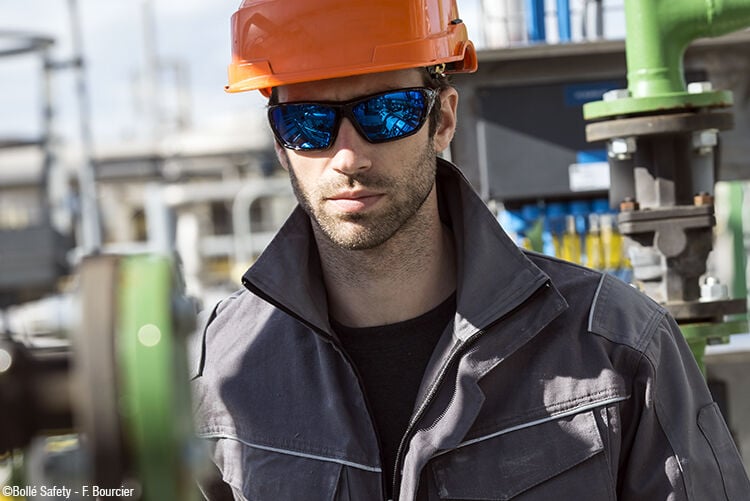
WORKING FOR YOUR EYES
Whatever your profession, you should analyze the potentially harmful effects of UV light in your workplace. While there is no way to completely avoid UV light reaching your eyes, advances in eyewear mean there are now practical, fashionable and effective means of protecting your eyes in every environment. You cannot continue to risk your fragile eyes waiting for safety standards and policies to catch up to the science. Workers on offshore oil platforms and similar workplaces must raise the issue with employers or actively protect themselves.

